|
LISTEN TO THIS THE AFRICANA VOICE ARTICLE NOW
Getting your Trinity Audio player ready...
|
“Africa’s digital backbone is under threat, and protecting it is no longer optional—it’s essential,” said Charles Murito, Google’s head of government relations and public policy in Africa, during the Africa Tech Conference on Thursday. Murito’s statement came as he called on African governments to classify fibre optic cables as critical infrastructure, a move he believes would shield them from vandalism and drive investment in the continent’s technology landscape.
Murito’s plea reflects growing concerns over the rising cases of damage to fibre optic networks across Africa. Criminal syndicates have increasingly targeted these cables, stealing batteries and generators from base stations or ripping up cables for their components. This menace has disrupted communications, driven up maintenance costs, and deterred potential investors.
“If we want to secure Africa’s place in the global digital economy, we must protect the infrastructure that makes it possible,” Murito explained in an interview after his keynote address. “Classifying fibre as critical infrastructure ensures that those who vandalize it face serious repercussions.”
Fibre optic cables are the foundation of Africa’s connectivity, carrying vast amounts of data across the continent and linking it to the rest of the world. Yet, their vulnerability to vandalism and theft has hampered efforts to expand digital access. In a continent where mobile internet penetration was just 27% last year, such disruptions deepen the digital divide and slow economic progress.
This issue is not just technical; it has profound social and economic implications. Businesses rely on stable internet to reach customers, students need it for online learning, and hospitals depend on it for digital health services. Every cut cable represents a setback for millions of lives.
Murito highlighted Google’s ongoing investments in Africa’s connectivity, such as the Equiano subsea cable linking Africa to Europe and the recently announced Umoja project, which will create the first direct fibre optic route between Africa and Australia. While these projects promise transformative changes, their impact could be diminished without stronger infrastructure protections and streamlined policies.
One of Murito’s key proposals is encouraging governments to harmonize regulations on fibre deployment. Currently, different countries have varying rules about the installation and maintenance of cables, creating bureaucratic hurdles for telecom providers. “A unified regulatory framework would make it easier to roll out infrastructure faster and at lower costs,” he said.
He also advocated for more infrastructure sharing among internet service providers. “Collaboration is key to reducing costs and making data affordable for more people,” Murito added.
South Africa has made some strides in addressing the issue, with authorities urging the police to crack down on cable vandalism. However, the country has yet to formally classify fibre optic networks as critical infrastructure. Murito believes that such a step would set a strong example for the rest of the continent and demonstrate a commitment to safeguarding technological progress.
“There’s a lot we can learn from global best practices,” he noted. “Countries that prioritize infrastructure protection attract more investment and create better opportunities for their people.”
Murito’s call to action is a wake-up call for African governments to prioritize their digital infrastructure. Without decisive action, the continent risks falling behind in the global race for technological innovation. But with the right policies and protections in place, Africa could become a leader in digital transformation, unlocking economic growth and improving millions of lives.
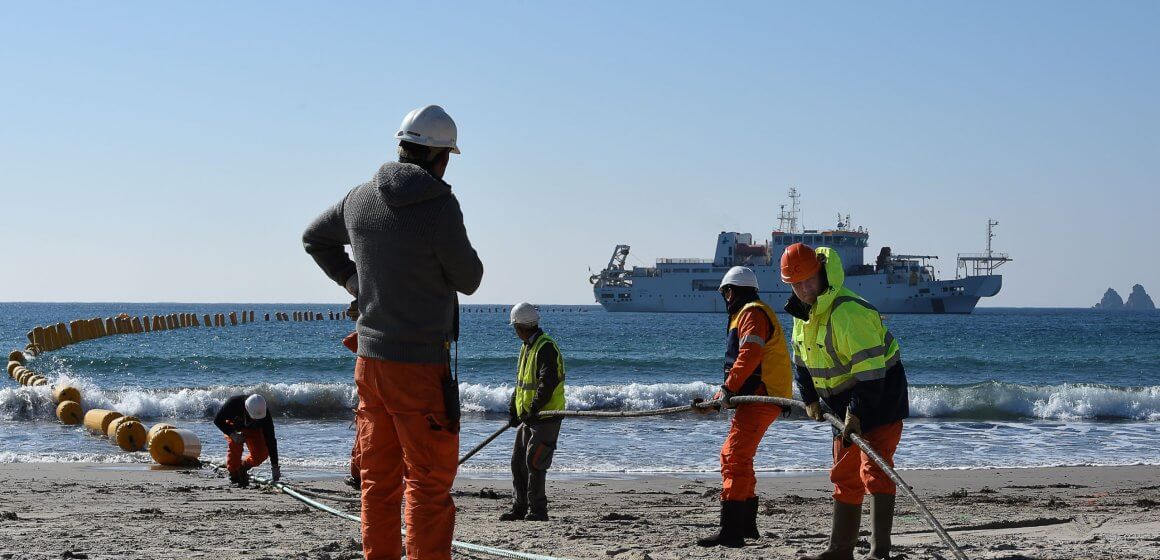

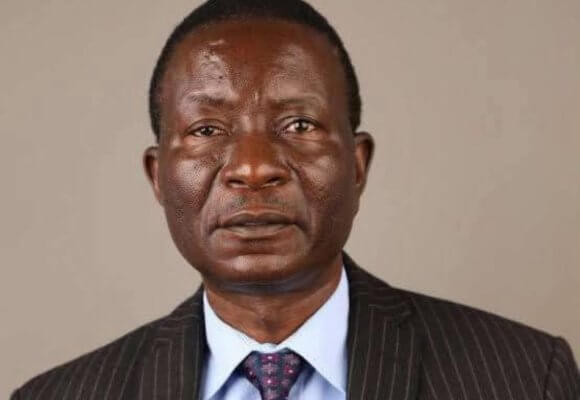
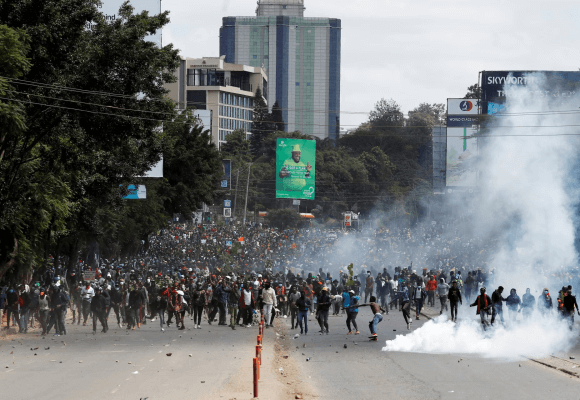
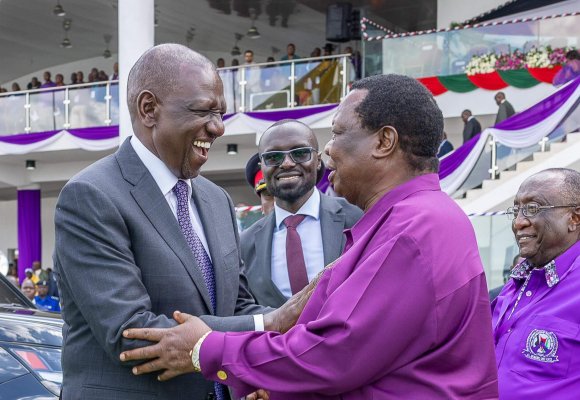
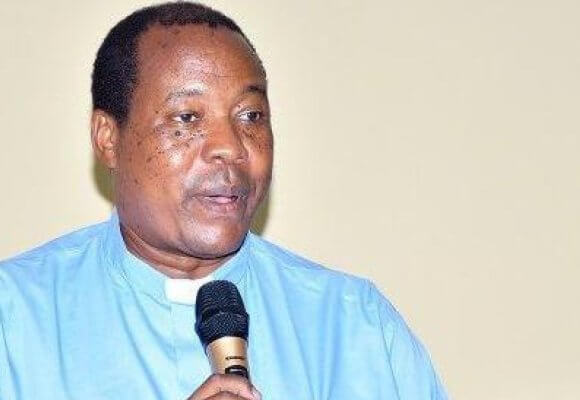

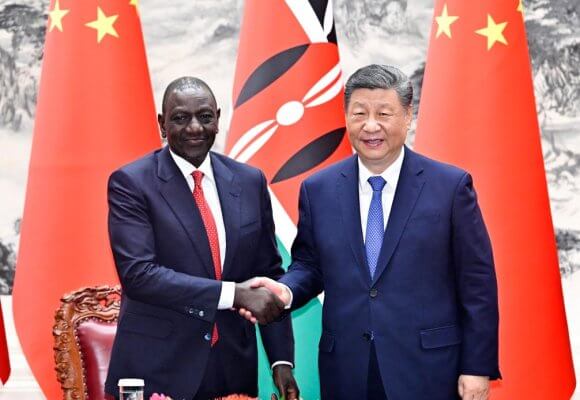
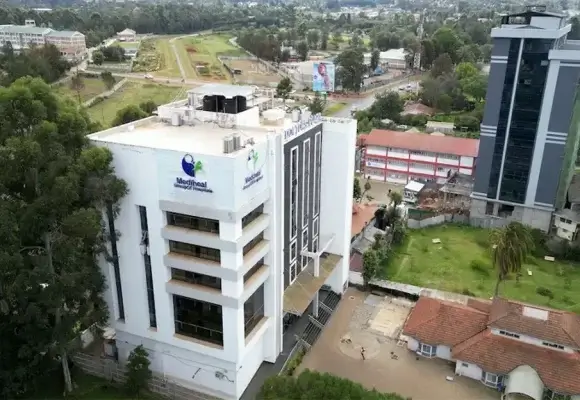
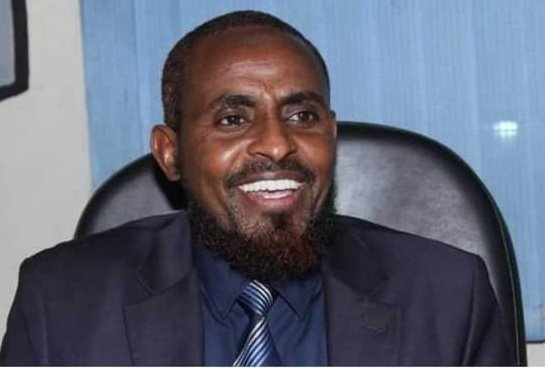
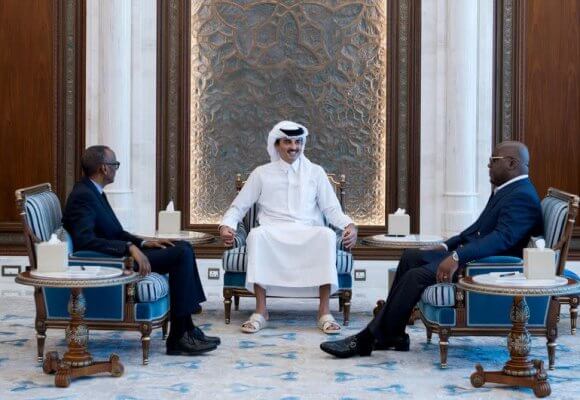
LEAVE A COMMENT
You must be logged in to post a comment.